
Indian culture is one of the most ancient cultures present in the world. The country is quite diverse and is home to several communities, each of whom has their own culture and traditions. It is this combination of various splendid cultures that make India one of a kind. The Indian cultural diversity is what makes India unique and beautiful.
Situated in the continent of Asia and enclosed by the Arabian sea, the Indian Ocean, and the Bay of Bengal, the nation, is divided into twenty-nine states and seven union territories. Pakistan, China, Bangladesh, Myanmar, Bhutan, and Nepal form the neighbouring countries of India.
India the Land of Diversity

India is a land of diversity each state in the country is home to several communities who live in harmony with each other while preserving and upholding their own distinct culture and traditions. From Delhi, the capital of India, to Tamil Nadu, the southernmost state of India, the land, is blessed with amazing scenic beauty. The country is also home to several historical monuments which add to the varied heritage of India.
Recommended Read – Understanding the Culture of Indian States [Infographic]
Diversity in Architecture

India is a country that is incredibly diversified and that of Indian architecture. India’s architecture spans from ancient caves to contemporary skyscrapers. As India grows, India’s architecture continues to diversify through continuously reverting to its roots while maintaining current trends.
India is also classified by the Dravidian and the Nagara architectural styles as the focal focus of Hindu architecture. In the empires, in the South of India, the Dravidian style prospered, whilst in the North of India, the Nagara style predominately appeared. India’s history, culture and religion are ingrained in its architecture.
Diversity in Indian Clothing

India’s vast and boundless array of traditional dress is full of aesthetic beauty. Made from many states of the country are fabrics, weaving processes, embellishments, styles and accessories of multiple sorts. A compelling epic about craftsmanship, culture or legacy tells a story in each piece. The land is a centre of heritage mode. Its diversity was a muse for a number of notable connoisseurs of fashion. In addition to the western clothing, Indians have their own ethnic attire like dhoti, kurta, sari, sherwani, turban etc. Dhoti is a piece of cloth draped around the waist by men. Dhoti is sometimes called Laacha or Dhuti. Kurta is one of India’s famous men’s ethnic clothing. It is usually worn on holidays today by folks. Likewise, the saree is the favourite choice for Indian women. A saree is a long robe, gracefully drawn by women around their bodies. Saree is Indian women’s most trendy clothing worldwide. Indian women are mostly seen in lovely sarees during religious and cultural events. However, due to their convenience, the sarees are substituted by salwar suits for the preferred daily wear.
Diversity in Indian Food

Indian food is one of the world’s most tasteful and nuanced. There is no flavour homogeneity between North and South or East and West but rather an incredible richness of tastes. One of India’s assets is its culinary diversity.
Indian food contains so much that one ought to discuss more than just “Indian cuisines.” Each region offers a number of traditional meals and its own culinary features.
Each area is specialised in cuisine, not solely at regional, but also at the provincial level. The diversity in cuisine stem from diverse local cultures, geography (whether the region is near the sea, desert or mountains), and the economy. Indigenous kitchen likewise relies heavily on fresh local products and is seasonal.
Indian cuisine tends generally to seek a balance between spices and herbs that offers delicious dishes with surprising therapeutic and medicinal benefits.
Diversity in Religion
 In India, religious beliefs and practices are distinguished by diversity. Secularism in India means the equality of treatment by the State for all religions. By the 42nd Constitutional Amendment Act in 1976, India is a secular state. The Indian subcontinent gave rise to four significant religions worldwide, namely Hinduism, Buddhism, Jainism and Sikhism. Religion has played an essential part in India’s culture throughout India’s history. The law and tradition foster religious plurality and tolerance in the nation; the right to freedom of religion has been proclaimed as an essential right by the Indian Constitution.
In India, religious beliefs and practices are distinguished by diversity. Secularism in India means the equality of treatment by the State for all religions. By the 42nd Constitutional Amendment Act in 1976, India is a secular state. The Indian subcontinent gave rise to four significant religions worldwide, namely Hinduism, Buddhism, Jainism and Sikhism. Religion has played an essential part in India’s culture throughout India’s history. The law and tradition foster religious plurality and tolerance in the nation; the right to freedom of religion has been proclaimed as an essential right by the Indian Constitution.
Indian religions have influenced and shaped the Indian culture
Diversity in Indian Customs and Tradition

The vast differences in the customs, traditional beliefs and rituals can be witnessed if one analyses the differences in the culture prevalent in the northern and southern part of India. The festivals, the art forms, and to an extent, even the dressing style of the people are quite different in Northern India when compared to those in Southern India. While most of the Indian women wear the saree, the style of draping the saree varies in different parts of India. This difference can be seen, not only among different states but also among the various communities within the same state.

Diversity of Indian Languages
Though Hindi is the most commonly used language in India, there exist many other languages too. As diverse the country is, each state has its distinct language, such as Kannada, (which, is spoken in Karnataka), Malayalam, (which, is spoken in Kerala), Tamil, is spoken in Tamil Nadu, etc. Apart from the fact that each state has its own language, it is also worth mentioning that some states in India have more than one and sometimes more than three prevalent languages. Due to this, it would not come as a surprise that most Indians are bilingual (or sometimes Multilingual), and can effortlessly handle more than one or two languages.

The family has always been an integral part of Indian society. In an Indian family, all the members share a close-knit connection. Joint families are also common in the country. In joint families, all the members of the family live under the same roof. However, in present times, nuclear families are becoming more common. In India, arranged marriages are relatively more common. The concept of an arranged marriage might seem a bit confusing to people from the western part of the world. However, in India, arranged marriages are more encouraged and are still very much prevalent in the country.
Diversity in Indian Art Forms

The unique and splendid art forms of India have a significant position in the culture of India. Each state is blessed with its unique art form and differs considerably from that of its neighbour. Though, it is worthwhile to note that many art forms of India are in some ways the amalgamation of other art forms borrowed from the neighbouring states. From the elegant Mohiniyattam, which focuses on the elegant and graceful movements of the dancer to the Ghoomar, a folk dance in Rajasthan, the art forms vary from each other but are equally beautiful and magical.
Diversity in Indian Festivals

The festivals of India, too, are worth mentioning. As said earlier, each state has its own festivals, from the fragrant Onam, the festival of Kerala, which is characterized by the making of a floral carpet to the Pôhela Boishakh, (the onset New Year according to the Bengali calendar), the festivals are both colourful and equally incredible.
Diversity in Indian Music

Music plays a significant role in the culture of any country, and India, too, is not an exception. Carnatic music, Hindustani music are the most popular in India. These are usually accompanied by the tune of the traditional musical instruments such as the tabla and the veena. Indian music is quite soothing and pleasing to the ear.
Diversity in Indian Cinema

The movies produced in India, too, reflect the culture of the society. Each state in India has its own movie industry, though Bollywood is the most popular among them. The movie industries in India are known by different terms such as Mollywood (Malayalam movie industry), Tollywood, etc. Owing to the number of movies produced each year in different languages across India, adding to the fact that Indians love movies, India has now become one of the greatest producers of films.
Diversity in Indian Litrature

India has also been blessed with many intellectuals and legendary writers and poets who are renowned worldwide for their contributions to humanity. Prominent among them is Rabindranath Tagore, the first Asian and Indian to win the Nobel Prize. His work Gitanjali continues to spread its message and inspires all those who read it. Other prominent writers of India include Sarojini Naidu, Aurobindo Ghosh, among others. Artists such as Raja Ravi Varma, Rabindranath Tagore, and M F Hussain have helped in changing the face of Indian art.
Diversity in Indian Celebration

Festivals and celebrations are a common occurrence in India as they occur almost every other day; however, the grandeur and pomp of these festivals are quite impressive. The country is also home to many heritage sites and monuments, including the Taj Mahal. It is all these facts combined that makes the Indian culture unique and distinct from others.
The seventh-largest country in the world, India has set itself a unique and distinct place among the other countries of the world. The host of a culture that has been prevalent for a long time, India is perhaps one of the most diverse countries in the world. From the attire worn by the people belonging to different communities to the languages spoken and even in the food habits, the country both reflects its diversity and varied heritage.
Cover Photo by Tom Chen on Unsplash


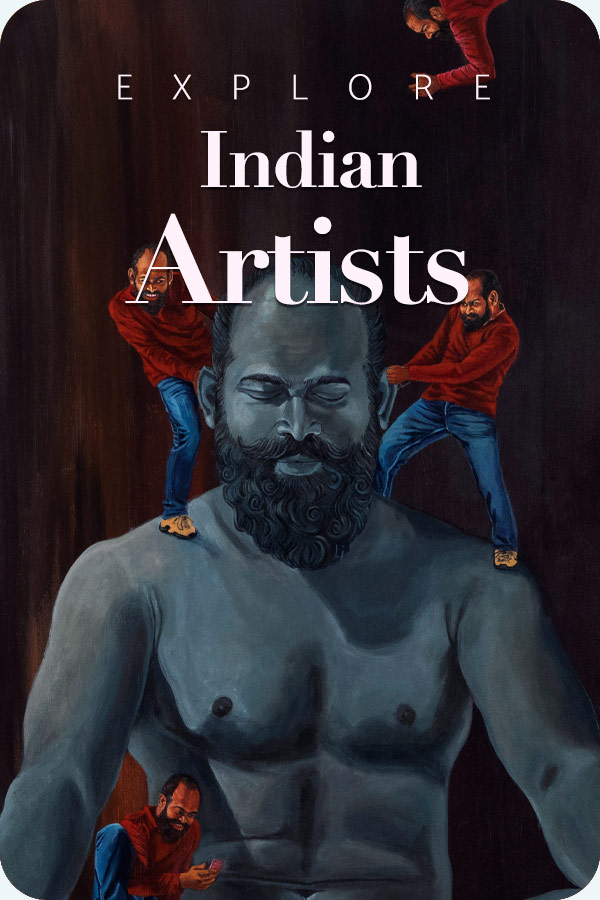
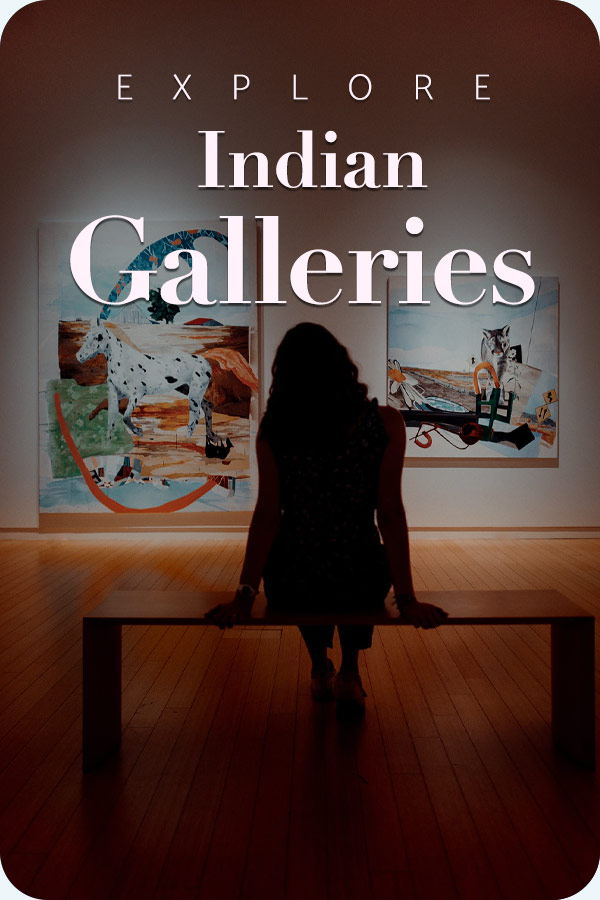
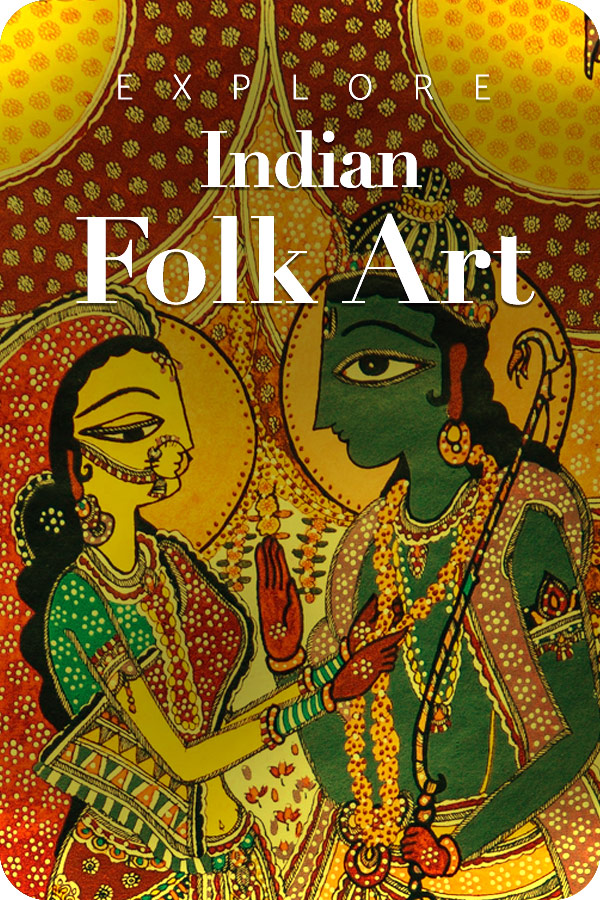
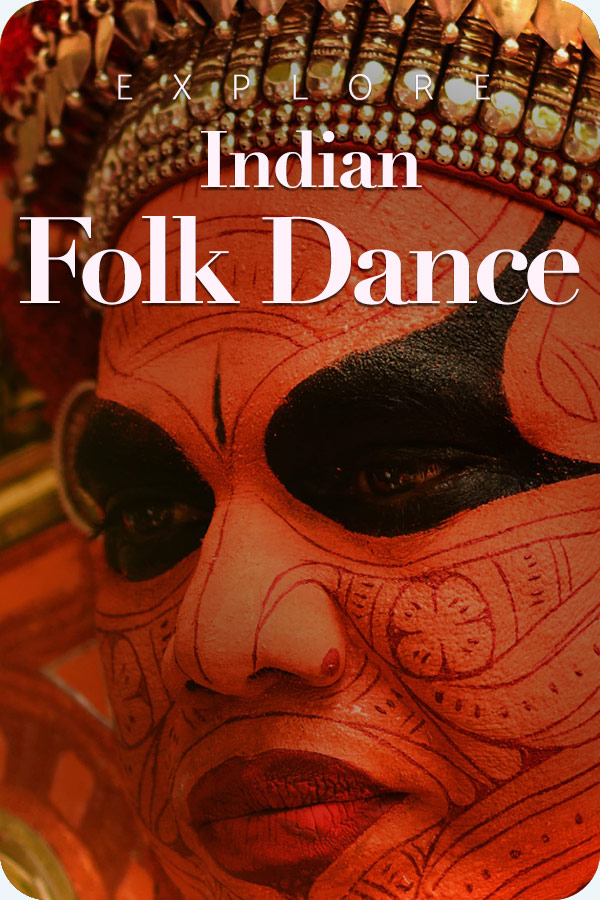
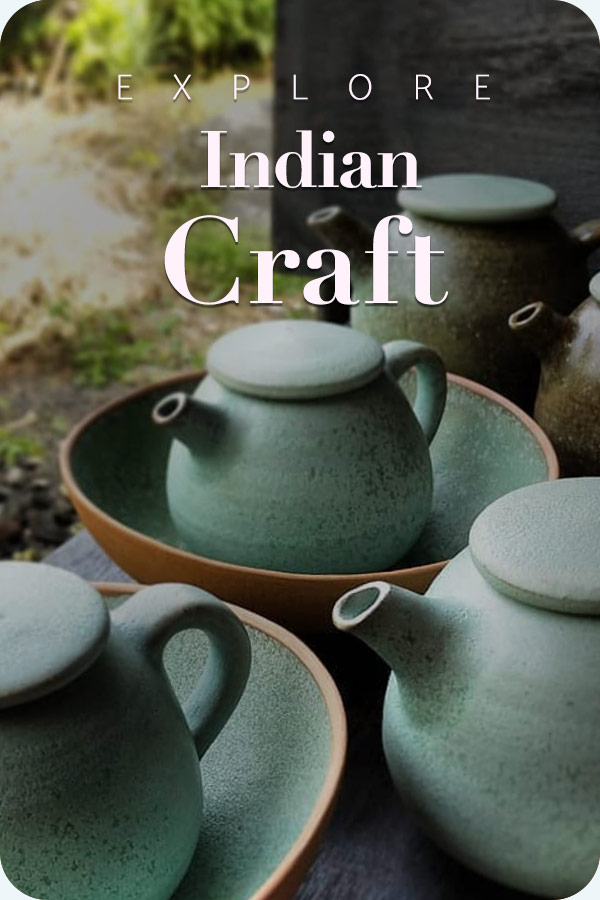
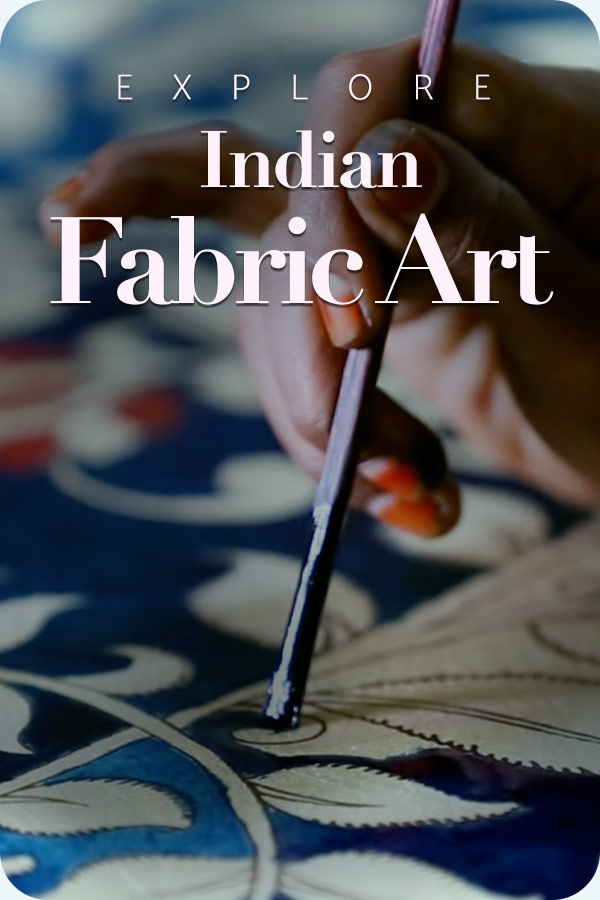
very good knowledge
Thanks 🙂
Very good guys
It’s very helpful for my science homework theme page: celebrating cultural diversity
Thanks Aarradhya, all the best for your class project!
It was very nice experience and it helps me to prepare my social science project
Thanks Aadith!
It is very useful
Portable
I love it , it’s nice and small not to much in detail😊❤️😊❤️
Thanks Arish 🙂